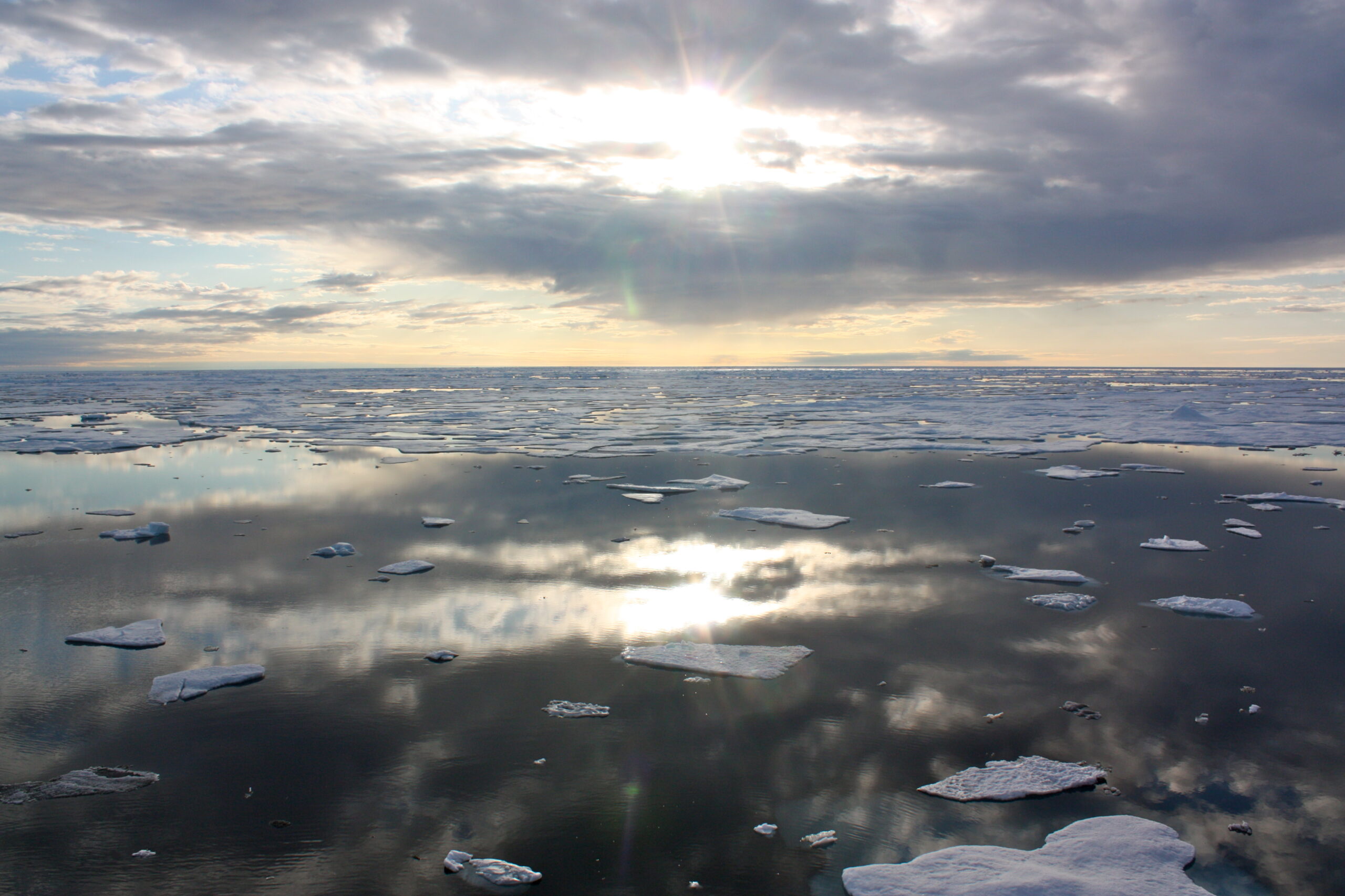Alaska as a whole had its warmest year on record in 2019, along with the region of Western Alaska, and individual cities like Kotzebue and Bethel.
According to the annual climate report from the National Oceanic and Atmospheric Administration (NOAA), released yesterday, the statewide average temperature last year was just over 32° Fahrenheit.
Climatologist Rick Thoman with the University of Alaska Fairbanks, says in 2019 Nome had an average temperature very similar to the state’s average.
“At Nome the average temperature for 2019 was 31.9° F, that makes this the second warmest year (for Nome) overall, just a little bit behind 2016.”
According to Thoman once sea ice loss began in early March last year, the trend of warming in the Bering Sea region continued through the summer.
2019 featured many climate records like Nome experiencing its warmest March ever, based on 110 years of climate data. Heat waves hit Western Alaska in mid-July when communities like Unalakleet saw record high temperatures at 87 degrees or higher. And by the end of 2019, sea-ice extent for the Bering Sea in late December was the lowest on record for that time of year.
Thoman has reiterated in multiple reports that this year of record heat for Alaska is not a one-off. In fact, according to NOAA, four of the last six years in Alaska have seen record warmth.
Image at top: Small patches of sea ice in the Chukchi Sea, seen from the US Coast Guard cutter Healy, 2011. Photo from the public domain.





